Description
Also known as prairies, these landscapes are dominated by grasses, forbs, wildflowers. Maintained through disturbances such as periodic fire, soil upheaval from rodents, frost heave, wind, or salt spray. Less than 1% of historic grasslands remain in the Willamette Valley from what was once here prior to European settlement. In the Valley, we see a mosaic of wet and dry prairies that are home to vegetation based on the presence of seasonal water or higher saturated soils.
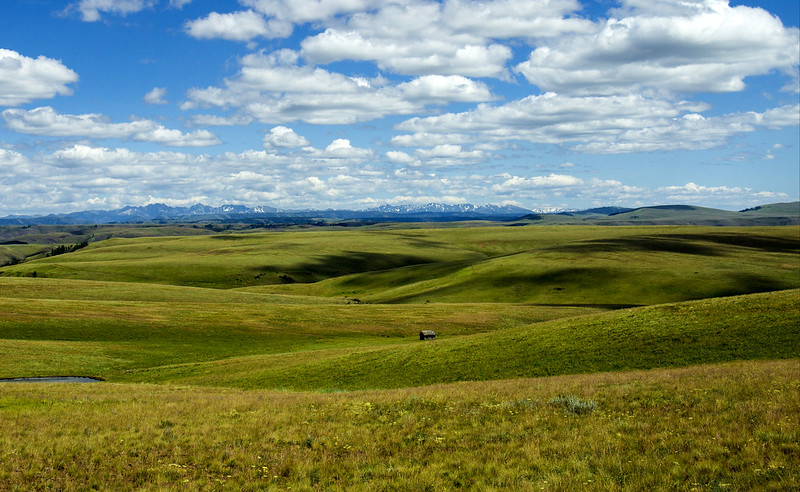
Vegetation
Key vegetation species include perennial bunch grasses and forbs that create groundcover spreading over vast areas. Forbs and grasses were adapted to a frequent low severity fire for management of invasive weeds. Now fire suppression has eliminated this disturbance regime, alternatives for managing grasslands now include grazing, prescribed fire and mowing. It’s important to have a diversity of grasses and forbs in these habitat types, as the differing sizes provide protective shelters for birds and amphibians.
Some vegetation you might see in grasslands include Western Yarrow, Lemmon’s Needlegrass, Showy Milkweed, Riverbank Lupine, Fernleaf biscuitroot, common lomatium, Western Buttercup, and so much more.
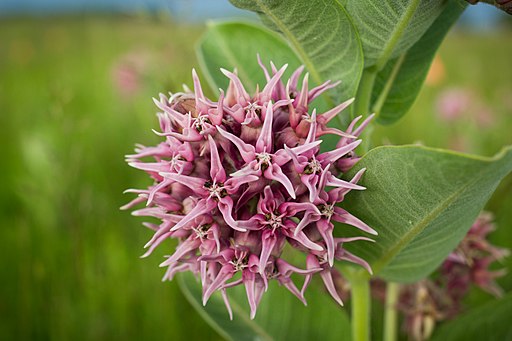
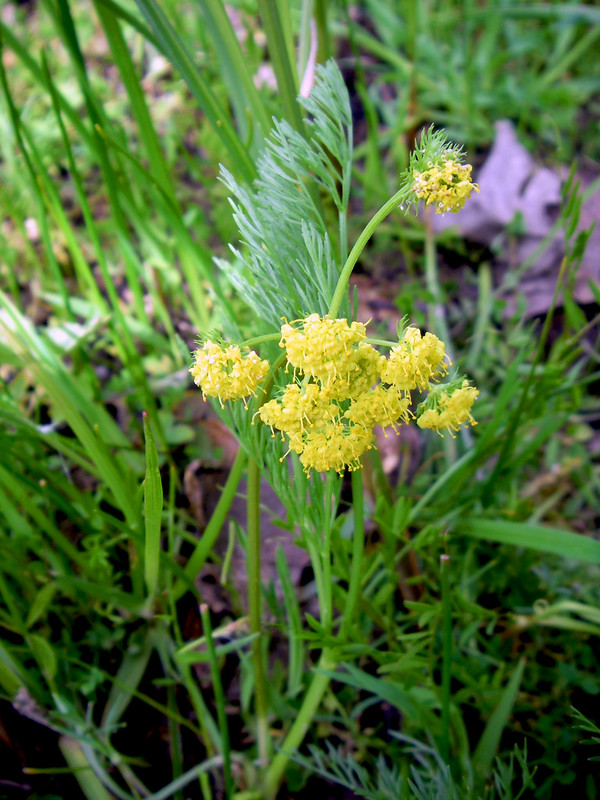
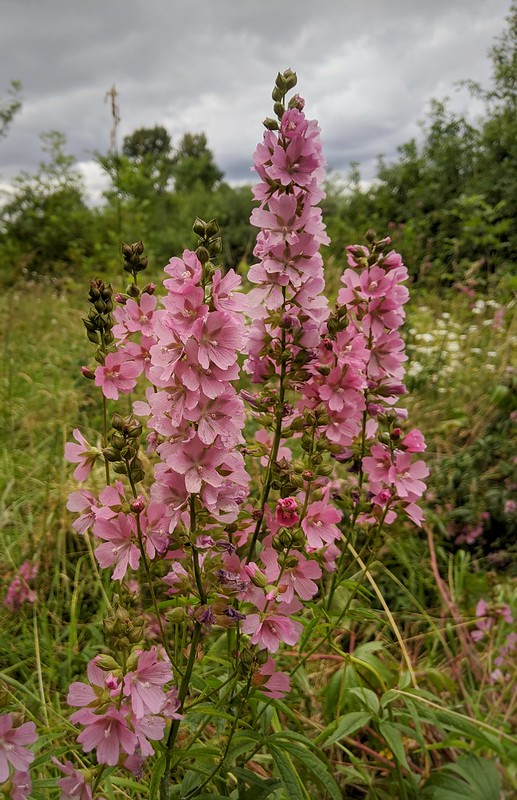
Ecosystem Services
Grasslands are a resource for so many ecosystem and human benefits. Some of the most important services include native seed regeneration, wildlife habitat for many species of birds, mitigate drought and floods, cycle nutrients, control of agricultural pests, maintain biodiversity, soil erosion protection, pollination for crops and natural vegetation, and cultural significance and uses by Native Americans.
Threats
Grasslands are one of the most threatened habitats in the Western United States. With increased human development for urban and agriculture uses, grasslands have been in severe decline, putting pressure on the dependent species. Habitat loss of 50-90% of original total area due to conversion to agricultural uses, development, and invasive plant species. Seeding with non native forage mixes for grazing livestock as well as increased fire suppression has changed the native vegetation regime, now dominated by non native and invasive plant species that are difficult to control.
Wildlife
Species include Common Nighthawk, Western Bluebird, Fender’s Bluebird, Grasshopper Sparrow and more. Western Meadowlark, Streak Horned Lark are threatened species that live in these habitats. Grassland bird species are in need of conservation efforts, as these specialist species have been in rapid decline.
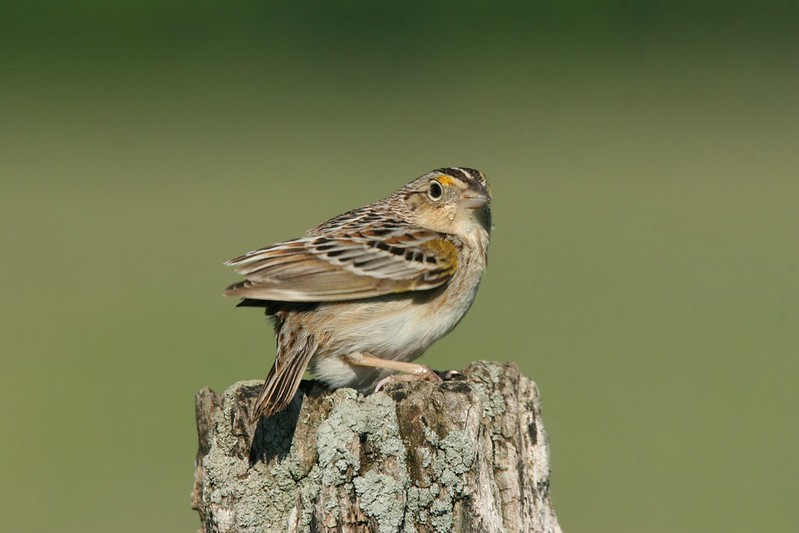
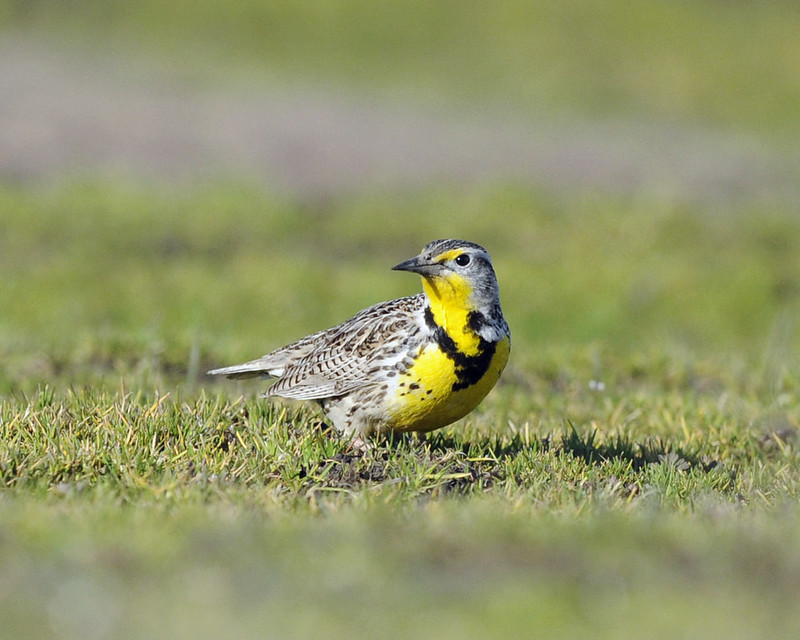
How You can Help
- Connect and restore existing habitats through fallow fields, pastures and natural meadows.
- Plant native grasses, wildflowers and scattered shrubs.
- Avoid mowing, grazing, spraying herbicides during bird nesting season from April 1 to July 15th (and sometimes into August).
- Upkeep on management routine of mowing, grazing or burning periodically and control invasive species. Try to control weeds to a point where regular mechanical removal is the primary weeding method.
- Read “The Willamette Valley Landowner’s Guide to Creating Habitat for Grassland Birds” for more information.
Where to find these habitats
- Ankeny Wildlife Refuge, Jefferson.
- William L. Finley Wildlife Refuge, Corvallis.
- Champoeg State Heritage Area, St. Paul.
- Zumwalt Prairie, Eastern Oregon.
Contact Us
Reach out to our staff to learn more!

